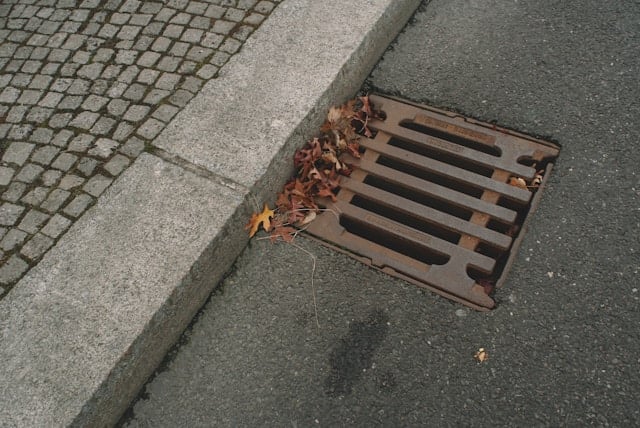When homeowners face sewer line issues, the thought of plumbing issues tearing up their yard to replace pipes can be daunting. Traditional sewer line replacement often requires large trenches, which disrupts landscaping, driveways, and sidewalks and most likely requires a plumber. This is where trenchless sewer lines come in. This modern method allows for the repair or replacement of underground pipes without extensive digging, saving time, money, and property damage. Understanding how trenchless technology works can help consumers make informed decisions if sewer problems arise.
Plumbing professionals have increasingly turned to trenchless sewer line methods because they are less invasive than traditional digging. Trenchless techniques generally involve two main methods: pipe lining and pipe bursting. Pipe lining, also called cured-in-place pipe (CIPP) lining, involves inserting a flexible resin-coated tube into the existing damaged pipe. Once the lining is in place, it is inflated and hardened, creating a new pipe within the old one. Pipe bursting, on the other hand, uses a machine to break apart the old pipe while simultaneously pulling a new pipe into place. Both methods require only small access points, often at the ends of the existing pipe, which eliminates the need for long, messy trenches.

One of the key benefits of trenchless sewer line repair is the minimal disruption it causes to your property. Traditional sewer line replacement can require large-scale excavation, which may damage lawns, gardens, and even outdoor structures. By using trenchless methods, most homeowners can avoid major landscape restoration costs, thus being more financially stable in the end. This approach also shortens the repair timeline and provides a more efficient functioning time frame. Many trenchless jobs can be completed in a day or two, compared to a week or more for traditional dig and replace projects.
Durability is another advantage of trenchless sewer lines. The materials used in pipe lining and replacement are designed to resist corrosion, tree root intrusion, and common wear issues that affect older pipes. Depending on the material and conditions, a trenchless repair can last 50 years or more, making it a long-term solution for sewer line problems. For consumers, this means fewer repairs and less worry about recurring plumbing emergencies. Obviously, everyone would like a more stable sewer line so they do not have to worry about problems ever occurring.
Cost is an important factor to consider as well. While the initial price of trenchless repair can sometimes be higher than standard digging, the overall savings often make it more affordable. Homeowners avoid extensive landscaping repairs, driveway or sidewalk replacement, and additional labor hours. Plus, the reduced repair time may limit the need for temporary relocation or water service interruptions, adding more indirect savings.
Trenchless sewer technology is also considered an environmentally friendly option. By avoiding major excavation, this method reduces soil disturbance and prevents the unnecessary disposal of large amounts of dirt and debris. It also preserves mature trees and plants, which might otherwise be removed during a traditional sewer project. For eco-conscious homeowners, trenchless repair offers a greener alternative to the old-fashioned approach.
Before committing to a sewer repair, it’s a good idea for homeowners to consult a licensed plumbing contractor who specializes in trenchless technology. They can perform a camera inspection to determine the condition of the existing pipes and whether a trenchless solution is viable. Not all situations qualify—severely collapsed pipes or certain configurations may still require excavation—but in many cases, trenchless methods provide a faster, cleaner, and longer-lasting solution. It is important in this case to utilize a professional plumber to make sure the job is done safely, efficiently, and meets all needs and requirements of anyone that wants a successfully functioning sewer line.

